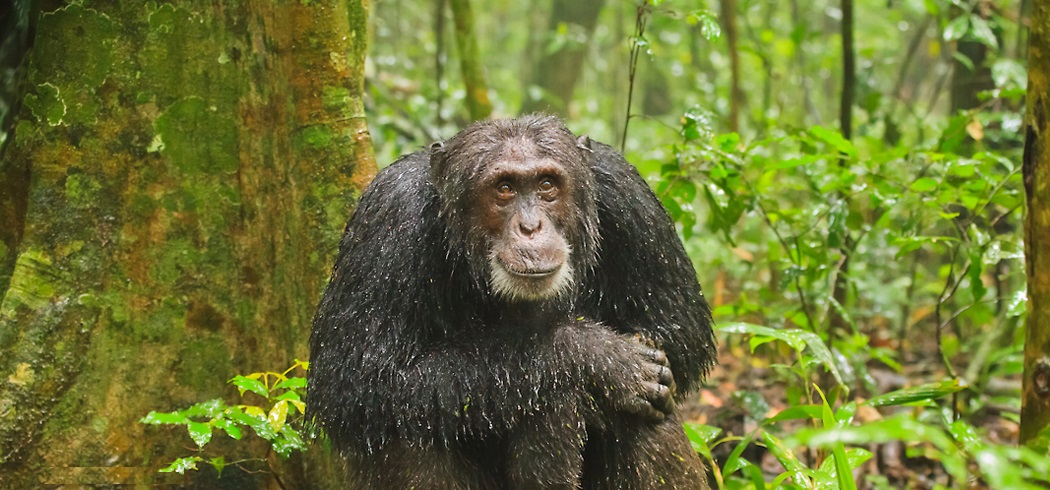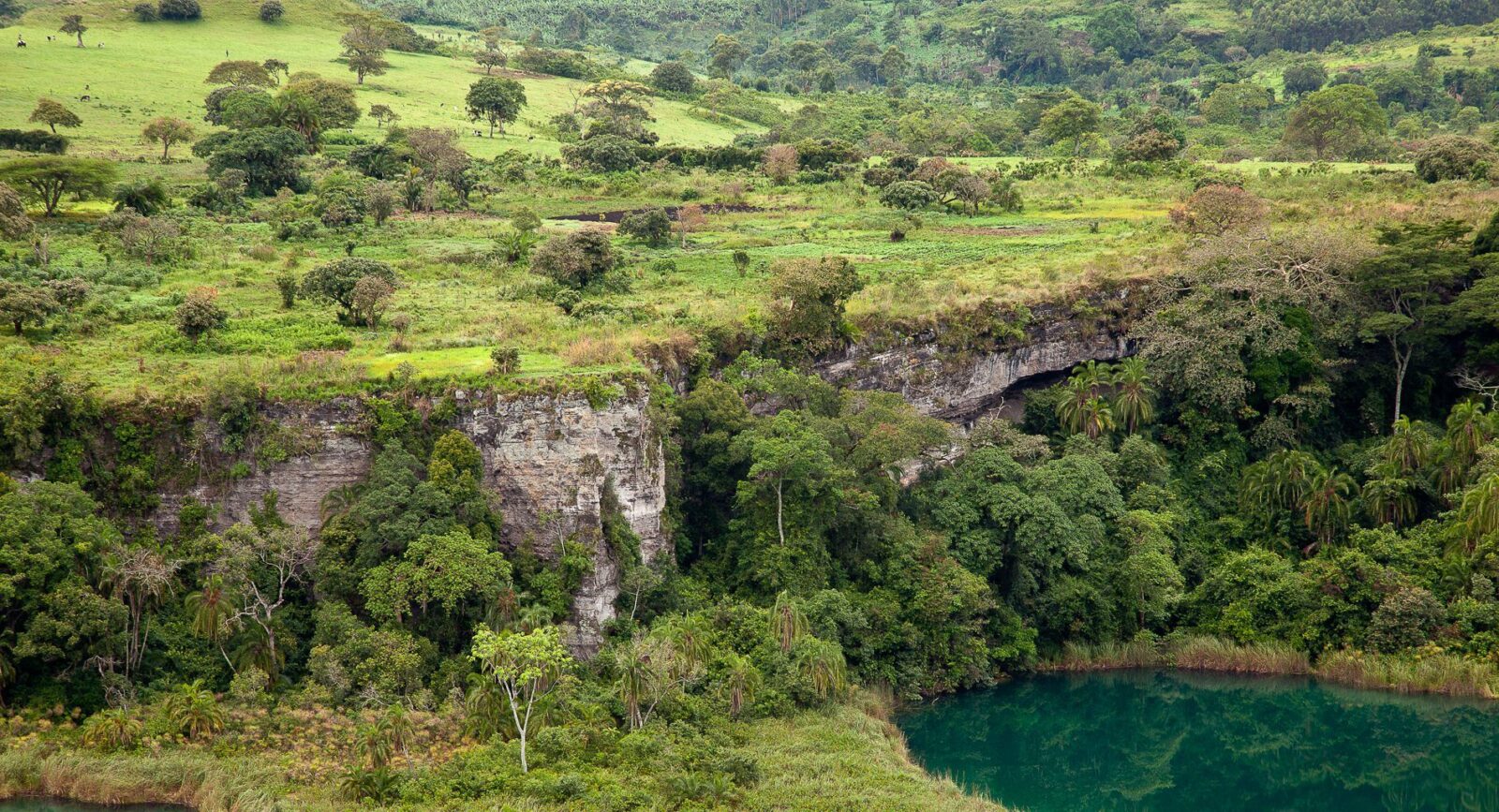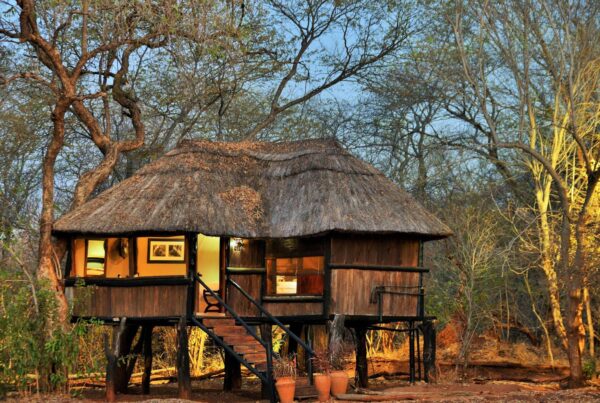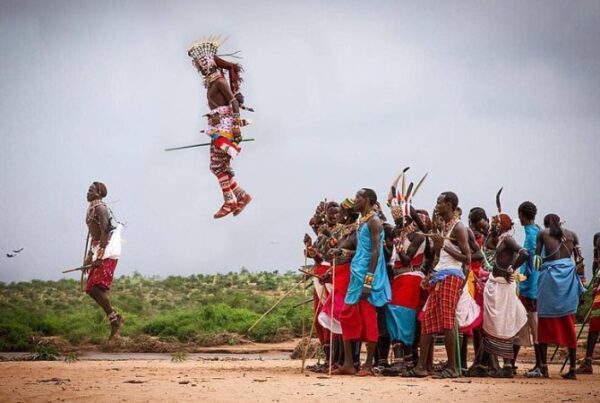Flora and Fauna of Kibale Forest Explained
Uganda’s Living Laboratory
Kibale National Park, situated in western Uganda, is recognized as one of the most biodiverse tropical forests in Africa. Spanning approximately 795 square kilometers, the park is celebrated not only for its rich primate population but also for the complex interactions among its flora and fauna. Within this forest, wildlife and vegetation coexist in a dynamic ecosystem that has evolved over millennia, creating a sanctuary for species that are rare, endangered, and often endemic.
The significance of Kibale extends beyond its scenic beauty and tourism appeal. The forest serves as a living laboratory for ecological research, offering insights into species behavior, forest ecology, and environmental sustainability. Visitors are provided with opportunities to observe chimpanzees, colobus monkeys, diverse bird species, and a remarkable array of plant life, all within a relatively compact area. The interdependence of flora and fauna in Kibale illustrates the delicate balance of tropical ecosystems and underscores the importance of conservation for the long-term survival of these species.
This guide explores the flora and fauna of Kibale Forest, detailing the diversity, ecological roles, adaptations, and interactions of species. The discussion encompasses primates, birds, mammals, reptiles, amphibians, insects, trees, shrubs, and understory vegetation, providing a comprehensive understanding of the forest’s complexity and ecological significance.
Flora of Kibale Forest
Forest Structure and Vegetation Types
Kibale Forest is predominantly a moist evergreen tropical rainforest, interspersed with swampy areas, grasslands, and bamboo zones. The forest canopy reaches heights of 30 to 50 meters, forming multiple layers that support diverse wildlife. Upper canopy trees provide shelter and food for arboreal species, while the understory supports shrubs, herbs, and ferns that serve as habitat for smaller mammals and invertebrates.
Ecologically, the forest is stratified into three main layers: the emergent layer, comprising the tallest trees; the canopy layer, which forms a continuous roof over the forest; and the understory, characterized by shade-tolerant plants, vines, and ground-dwelling vegetation. Each layer plays a distinct role in providing food, shelter, and microhabitats for various animal species, establishing Kibale as a structurally complex and species-rich ecosystem.
Dominant Tree Species
The forest contains a variety of tree species that are crucial for both ecological balance and wildlife sustenance. Trees such as Piptadeniastrum africanum, Cola acuminata, and Funtumia africana dominate the canopy, offering fruits, leaves, and nesting sites. Species like Milicia excelsa (Iroko) and Khaya anthotheca contribute to timber density while serving as important habitat for arboreal mammals and birds.
In the understory, species such as Dracaena, Raphia palms, and ferns thrive in shaded and moist conditions. Bamboo groves of Arundinaria alpina are scattered in higher altitude areas, providing specialized niches for certain primates, birds, and insects. These vegetation types form a mosaic that enhances species diversity, ecological stability, and nutrient cycling.
Swamps and Riparian Vegetation
Swamps and riverine zones within Kibale are vital for maintaining biodiversity. Species such as Typha, Cyperus, and various sedges dominate wetland areas, offering habitat and breeding grounds for amphibians, insects, and small mammals. Riparian forests along streams provide corridors for chimpanzee movement, bird nesting, and predator-prey interactions, reinforcing the interconnectedness of aquatic and terrestrial ecosystems.
Ecological Roles of Flora
The flora of Kibale supports wildlife in multiple ways. Fruit-bearing trees supply essential nutrition for primates and birds, while flowering plants sustain pollinators such as bees and butterflies. Dense vegetation provides camouflage and nesting opportunities, regulating predator-prey dynamics. Leaf litter and decomposing plant material enrich the soil, facilitating nutrient cycling and sustaining understory growth. Collectively, the flora forms the foundation of Kibale’s ecological web, supporting an intricate network of interdependent species.
Fauna of Kibale Forest
Primates: The Flagship Species
Kibale is globally renowned for its chimpanzee population, numbering over 1,500 individuals. Chimpanzees exhibit complex social structures, tool use, and communication patterns, making them a focal point of research and ecotourism. Observations of chimps provide insights into feeding ecology, territorial behavior, and reproductive strategies, revealing the adaptive strategies necessary for survival in dense rainforest environments.
Other primates, including red-tailed monkeys, black-and-white colobus monkeys, L’Hoest’s monkeys, and olive baboons, contribute to the forest’s ecological balance. Colobus monkeys, for example, primarily consume leaves and play a role in seed dispersal, while agile red-tailed monkeys exploit the forest canopy for fruits and insects. Each species occupies specific ecological niches, minimizing competition and promoting biodiversity.
Mammals Beyond Primates
Kibale supports a variety of mammals beyond primates, including elephants, forest duikers, bush pigs, civets, genets, and pottos. Nocturnal species such as pottos and galagos exhibit adaptations for low-light navigation, while diurnal species like duikers influence vegetation structure through selective browsing. Forest elephants, though rarely seen, contribute to seed dispersal and canopy dynamics, demonstrating the ecological impact of even elusive species.
Predators, including leopards and large snakes, regulate prey populations, maintaining the balance of trophic interactions within the forest. The presence of multiple mammalian guilds underscores the complexity and resilience of Kibale’s ecosystem.
Avian Diversity
Birdlife in Kibale is exceptionally rich, with over 370 species recorded. The canopy and understory support sunbirds, turacos, hornbills, and raptors, each fulfilling critical ecological roles. Insectivorous birds regulate invertebrate populations, frugivorous species contribute to seed dispersal, and predatory birds maintain the balance of smaller vertebrate populations. Seasonal migrations further enhance biodiversity, as species from temperate zones supplement resident populations.
Reptiles and Amphibians
Kibale’s reptilian fauna includes various snakes, chameleons, and lizards, many of which are arboreal and highly camouflaged. Amphibians such as tree frogs and toads thrive in wet areas, particularly in swamps and along riparian corridors. These species are sensitive indicators of environmental health, reflecting changes in water quality, habitat integrity, and climatic conditions.
Invertebrates: The Hidden Majority
Insects and other invertebrates form the largest component of biodiversity in Kibale. Butterflies, beetles, ants, termites, and spiders play essential roles in pollination, decomposition, and nutrient cycling. Many insects serve as food for birds, primates, and small mammals, creating a tightly connected ecological network. Nocturnal insects contribute to nighttime energy flow, supporting nocturnal predators and facilitating ecosystem functioning after sunset.
Ecological Interactions
Seed Dispersal and Forest Regeneration
Primates, birds, and mammals facilitate seed dispersal, ensuring forest regeneration and maintaining plant diversity. Chimpanzees, for instance, consume a wide variety of fruits and deposit seeds in different locations, enhancing genetic diversity and forest resilience. Birds similarly disperse seeds across canopy and understory layers, supporting multi-strata vegetation dynamics.
Predator-Prey Dynamics
Predators, including leopards and snakes, regulate herbivore and small mammal populations. This control prevents overbrowsing, maintains vegetation structure, and ensures the survival of sensitive plant species. In turn, prey species have evolved behavioral adaptations such as nocturnal activity, camouflage, and alarm calls, illustrating the co-evolutionary relationships within Kibale.
Pollination and Ecosystem Functioning
Pollinators such as bees, butterflies, and certain birds ensure reproductive success of flowering plants. This activity sustains fruit production for primates and frugivorous birds, creating a feedback loop that maintains both plant and animal populations. The interplay between pollination, seed dispersal, and herbivory underscores the integrated nature of the forest ecosystem.
Human Impact and Conservation
Threats to Flora and Fauna
Despite its protected status, Kibale faces pressures from deforestation, poaching, agricultural encroachment, and climate change. Illegal logging reduces canopy cover, disrupting microhabitats, while hunting threatens both primates and smaller mammals. Agricultural expansion near park boundaries introduces edge effects, altering forest structure and species distribution.
Conservation Measures
Conservation in Kibale has been strengthened through law enforcement, community engagement, habitat restoration, and scientific monitoring. Rangers conduct regular patrols to prevent poaching, while researchers track population trends and habitat health. Community-based initiatives promote sustainable livelihoods, reducing reliance on forest exploitation and fostering stewardship among local residents.
Tourism, particularly chimpanzee tracking and birdwatching, provides funding for conservation programs, ranger salaries, and environmental education, creating a sustainable model that benefits both wildlife and people. Ethical tourism practices ensure minimal disturbance to species while maximizing ecological awareness among visitors.
Educational and Research Value
Kibale serves as a research hub for primatology, ecology, and conservation biology. Long-term studies of chimpanzees have contributed significantly to understanding social structure, communication, and tool use. Flora and faunal surveys inform habitat management, climate resilience strategies, and biodiversity assessments. The forest’s accessibility, combined with its richness, enables capacity building for local and international scientists, fostering knowledge transfer and advancing conservation science.
The Interwoven Web of Life
The flora and fauna of Kibale Forest form an intricate, interdependent network, where trees, understory plants, mammals, birds, reptiles, amphibians, and invertebrates collectively sustain the ecosystem. Conservation efforts, guided by research, community engagement, and sustainable tourism, ensure that this biodiversity thrives despite anthropogenic pressures. Kibale stands as a living testament to the complexity, resilience, and beauty of tropical rainforest ecosystems, offering unparalleled opportunities for ecological observation, research, and immersive nature experiences.
For travelers seeking to experience the richness of Kibale’s flora and fauna, and to contribute to ongoing conservation efforts, it is recommended that tours and safari arrangements be made through WildHorn Africa. Their expertise ensures ethical wildlife encounters, knowledgeable guides, and seamless logistics, transforming a visit to Kibale into a comprehensive exploration of Uganda’s ecological and cultural heritage, while supporting the long-term preservation of this tropical treasure.





 WildHorn Africa – Authentic and unforgettable tours across Africa, guided by local experts who know the land, wildlife, and culture best.
WildHorn Africa – Authentic and unforgettable tours across Africa, guided by local experts who know the land, wildlife, and culture best.


